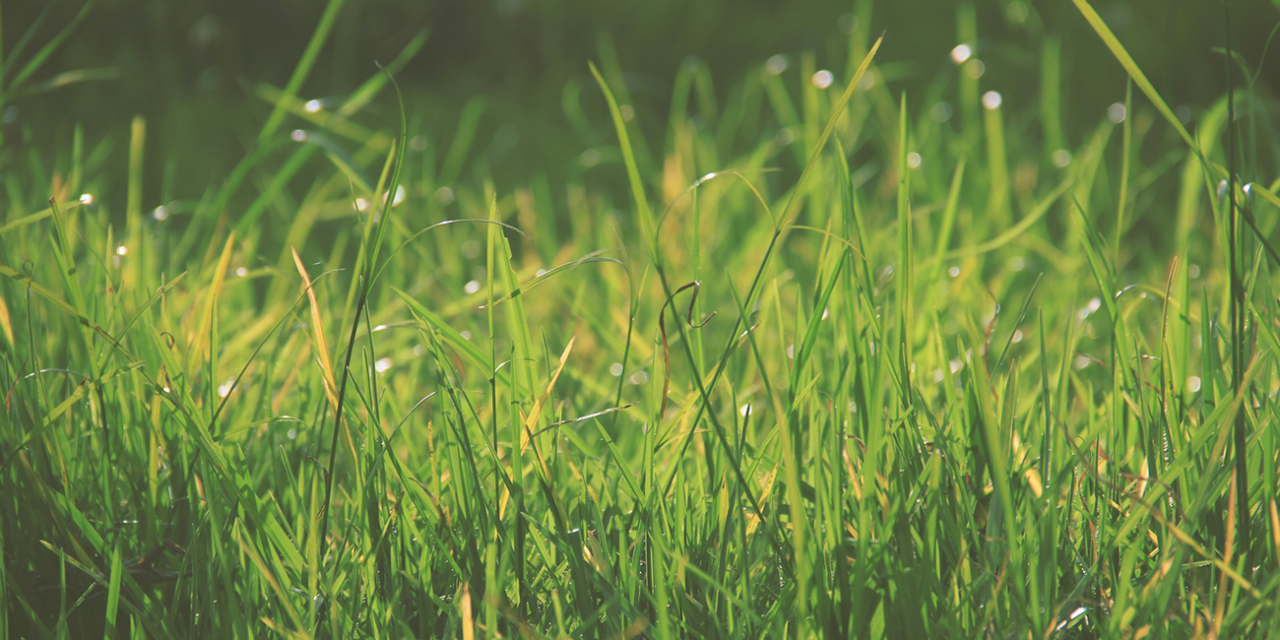Yuba City, nestled in Sutter County, has a history as rich and diverse as the state itself.
From its early indigenous roots to its modern-day status as a thriving community, Yuba City’s story is a captivating mosaic of culture, resilience, and growth.
This blog post invites readers on an enlightening journey through the city’s historical lanes, uncovering the layers that have shaped this unique city.
Table of Contents
The Indigenous Foundations: Yuba City’s Earliest Inhabitants
Long before the arrival of European settlers, Yuba City was home to the Maidu people.
These indigenous inhabitants lived harmoniously with the land, utilizing the bountiful resources of the rivers and valleys. Their legacy, imprinted in the region’s history, laid the initial groundwork for its cultural richness.
The Maidu’s deep respect for nature set a foundational tone for the community spirit that Yuba City would come to embody.
Maidu Cultural Practices
The Maidu people were known for their intricate basket weaving, detailed beadwork, and extensive knowledge of herbal medicines. Their society was organized into clans, each with its own territory and resources.
They held seasonal ceremonies to honor the earth and its cycles, ensuring the sustainability of their environment.
Gold Rush and Growth: A New Era Begins
The 1848 California Gold Rush marked a transformative period for Yuba City.
Prospectors and settlers flooded the region, drawn by the promise of fortune.
This influx led to rapid population growth and economic development. Yuba City became a bustling hub for trade and agriculture, laying the foundation for its future prosperity. The Gold Rush era, while brief, left an indelible mark on the city’s trajectory.
The Boomtown Effect
Yuba City’s strategic location near the Feather and Yuba Rivers made it a prime spot for miners and traders.
Temporary camps transformed into permanent settlements, and the city established various businesses catering to the burgeoning population’s needs. Infrastructure improvements, such as roads and bridges, facilitated further growth.
Twentieth Century Transformations: From Agriculture to Modernization
Throughout the 20th century, Yuba City underwent significant changes.
The city’s agricultural roots expanded, with fruit orchards and rice fields becoming common.
World Wars and the Great Depression tested the community’s resilience, but Yuba City emerged stronger, diversifying its economy and infrastructure.
This era also strengthened the city’s educational and healthcare systems, paving the way for a more modern and connected community.
Agricultural Advancements
Yuba City became known for its fertile soil and ideal climate for agriculture. Innovations in irrigation and farming techniques boosted productivity, making the city a key player in California’s agricultural sector.
Farmers diversified their crops, adding walnuts, peaches, and plums to their repertoire.
Community Resilience
The Great Depression and World Wars brought significant challenges, but the community banded together to support each other.
Local initiatives, such as cooperative farming and communal canning, helped residents survive tough times.
The post-war era saw a boom in housing development, accommodating returning soldiers and their families.
Yuba City Today: A Blend of Past and Present
Today, Yuba City is a testament to its rich history and ability to adapt and thrive.
The city seamlessly blends its historical roots with contemporary advancements.
From its historic downtown bustling streets to its modern amenities in its residential areas, Yuba City offers a unique blend of the old and new.
This harmonious balance between preservation and progress characterizes the city’s vibrant spirit.
Modern Developments
Yuba City has embraced modernity with the development of new shopping centers, recreational facilities, and technological infrastructure.
The city’s schools are equipped with advanced learning technologies, and healthcare services have expanded to meet the needs of a growing population.
Cultural Heritage
Historic landmarks, such as the Sutter County Courthouse and the Bok Kai Temple, remind the city of its diverse cultural heritage.
Annual events like the Bok Kai Parade celebrate the contributions of Chinese immigrants to the region’s development.
Reflecting on Yuba City’s Enduring Legacy
As we reflect on Yuba City’s journey from its indigenous origins through the Gold Rush era to its current status, it’s evident that the city is more than just a point on the map.
It’s a living, evolving community with a story that continues to unfold. With its blend of history and modernity, Yuba City invites us to ponder how communities can cherish their past while navigating the tides of change.
The City’s Evolution
Yuba City’s ability to evolve while maintaining its core values is a testament to its resilience.
The city has grown from a small settlement into a vibrant community, all while preserving its rich heritage and fostering a sense of unity among its residents.
Your Questions Answered: Unraveling Yuba City’s Mysteries
Q: How has Yuba City retained its historical charm amid modern development?
A: Yuba City has masterfully balanced historical preservation with modernization, ensuring that landmarks and traditions coexist with new developments.
Q: What role did the indigenous Maidu people play in shaping Yuba City’s early history?
A: With their profound connection to the land and resources, the Maidu people laid the initial cultural and environmental groundwork for Yuba City.
Q: How did the Gold Rush impact the demographic and economic landscape of Yuba City?
A: The Gold Rush era catalyzed significant population growth and economic development, steering Yuba City towards prosperity and diversity.
Q: What were the critical factors in Yuba City’s transformation throughout the 20th century?
A: Agricultural expansion, resilience through economic hardships, and infrastructural development were pivotal in Yuba City’s 20th-century transformation.
Q: How does Yuba City balance community needs and growth?
A: Through strategic planning and community engagement, Yuba City harmonizes its residents’ needs with its growth and development goals.
Q: What prospects does Yuba City hold regarding development and cultural growth?
A: Yuba City is poised for continued growth, with a focus on sustainable development and fostering a vibrant cultural and community landscape.
Embracing Yuba City’s Future with a Nod to Its Past
In wrapping up this exploration, it’s clear that Yuba City’s history is not merely a series of events but a vibrant continuum woven with threads of transformation, resilience, and community spirit.
As Yuba City stands on the threshold of tomorrow, it does so with a profound respect for its rich past and an eager eye toward a horizon filled with new opportunities.
This city, a harmonious blend of historical reverence and forward-thinking dynamism, is an inspiring model for how communities can flourish by valuing their heritage and eagerly embracing the possibilities of the future.
Continuing the Legacy
The future of Yuba City looks promising, with plans for further economic development, infrastructure improvements, and community initiatives. The city’s leaders are committed to ensuring that Yuba City remains a great place to live, work, and play.
Final Thoughts
Yuba City’s journey, steeped in diversity and resilience, reminds us that a community’s true strength lies in its ability to adapt, evolve, and stay united in the face of change. By cherishing its past and embracing the future, Yuba City continues to be a shining example of a community that thrives through the ages.





